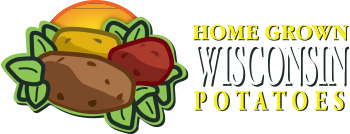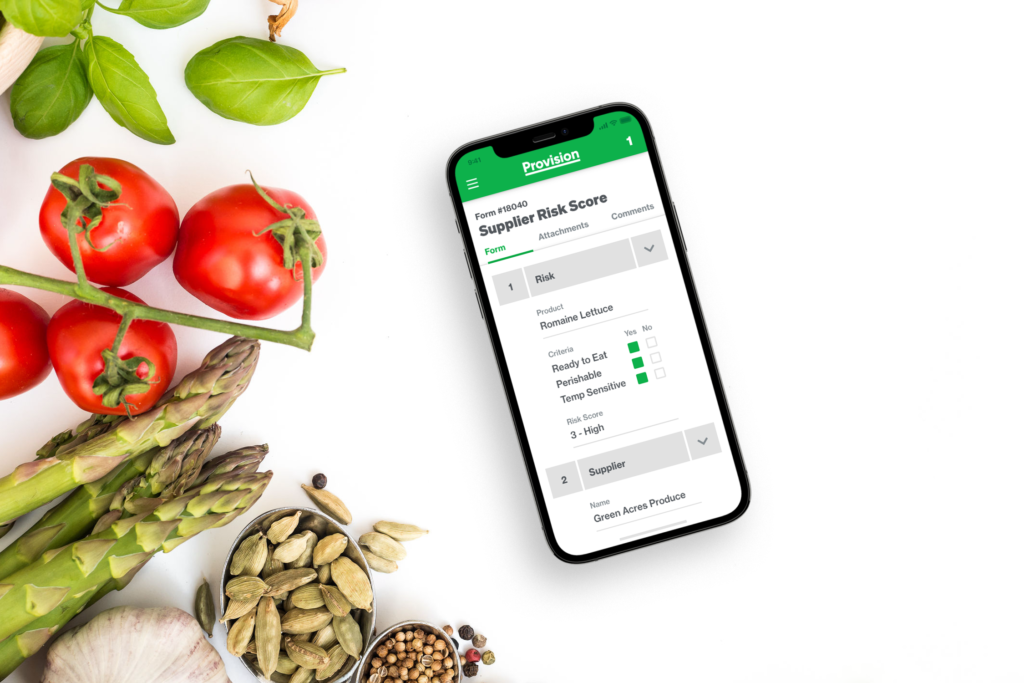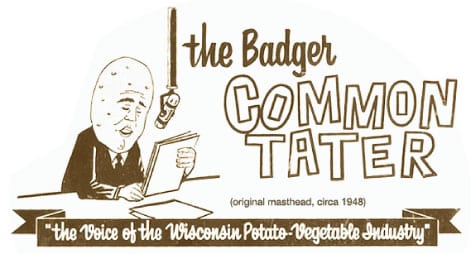Move into 2023 with a voice and the tools to meet regulatory compliance requirements

By Dana Slagle, vice president of U.S. partnerships, Provision Analytics
As leaders in a complex agriculture industry, you’re at the forefront when it comes to technology, sustainability, food safety, and quality.
It’s true, there have been advancements in everything from tractors and implements to computers and software, but some challenges remain, including, but not limited to:
• Water issues
• Labor shortages
• Supply chain management challenges
• Changes in food safety regulatory compliance requirements
The impact to your business may be an increase in the amount of time and resources needed to address the challenges. Frankly, it equates to added stress for you, your agribusiness, and team.
The question is, “How can we take learnings from 2022 and move into 2023 with some solid food safety program resolutions?”
Industry expert Alan Grant, chief executive officer (CEO) of Alan Grant Consulting, says, “It’s important to do continuous ‘horizon scans’ by staying up to date and aware of global issues that may impact your business. Don’t be caught off guard.”
“For example, keep up to date on events like the potato wart crisis in Canada through resources such as the U.S. Department of Agriculture’s comprehensive report,” Grant adds. “Use industry information and warnings to take a proactive versus a reactive approach.”
Collaboration is also important. Doug Bulgrin and Cassie Krebs of Gumz Farms LLC, Endeavor, Wisconsin, talk about the need for more collaboration between growers, retailers, and certification bodies.
Doug says, “I want to see more collaboration with associations like IFPA [International Fresh Produce Association] to help give growers a bigger voice.”


